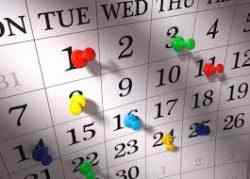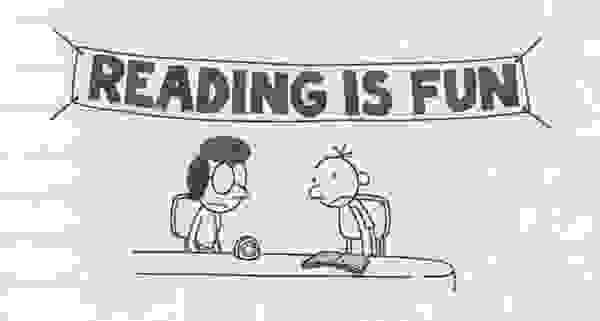Tara Morgan – Something Something Bone Gap
For my young adult novel, I read Bone Gap by Laura Ruby. I chose to read Bone Gap because Dr. Jaxon recommended it after she had read it herself, and because I was dreading to read my first choice, The Book Thief, after hearing about just how difficult The Book Thief was to get through. What I expected from this book was that it would be very dream-like and metaphorical, as that was what Dr. Jaxon disclosed to me when I expressed interest in reading Bone Gap. And Dr. Jaxon was right—Bone Gap most definitely has a sense of whimsicality to it that is very refreshing, and it makes for an interesting and captivating read.
Admittedly, the first three chapters or so are less than page-turners. However, you will soon find yourself gripped by the story and invested in the characters; you only need to give the story time to unfold. If you’re lucky, you’ll catch a cold like I did, because you won’t want to put the book down for longer than it takes to run to the fridge to get a snack after the somewhat slow beginning, and you will end up finishing it in a day if you have a good enough excuse (cough, cough).
The story of Bone Gap follows four main characters and a few other minor characters over a period of time in the town of Bone Gap, and it captures their reactions, interactions, and states of being throughout a series of events that all turn out to be connected in some way. I enjoyed getting to know the characters not only through their own chapters, but through other characters’ perceptions of them. Ruby does a fantastic job of unveiling her characters gradually and by leaving a great deal of interpretation up to the reader’s imagination.
The book blurs the line between fantasy and reality, and it takes its readers on an exploration of their own imaginations. For this reason, I believe that Bone Gap should be a must-read for high-school students and high school graduates alike. While the book may not be the most appropriate piece of literature to teach in an English class, I believe that it is a wonderful read-for-pleasure book because it possesses the capacity to engage its readers in such a personal way.


